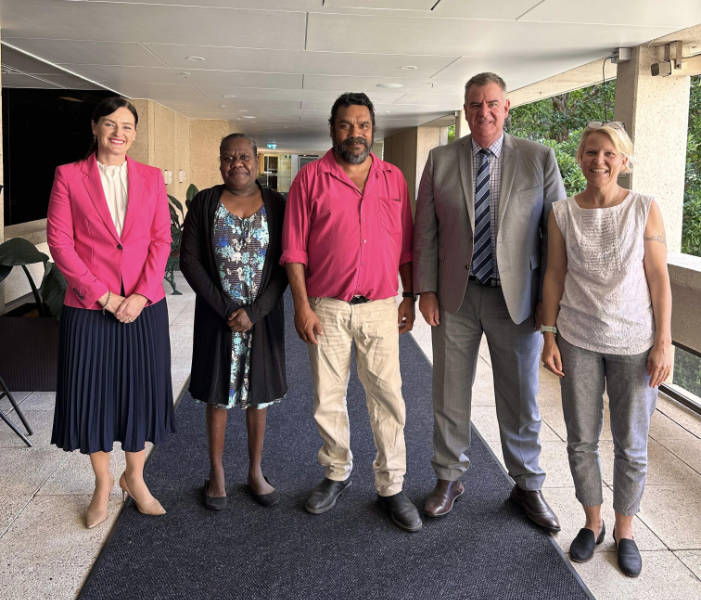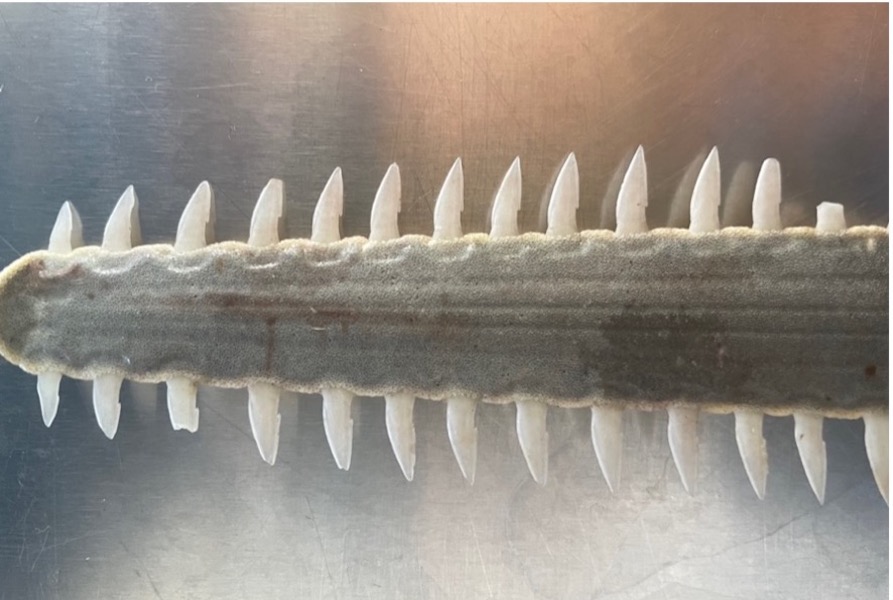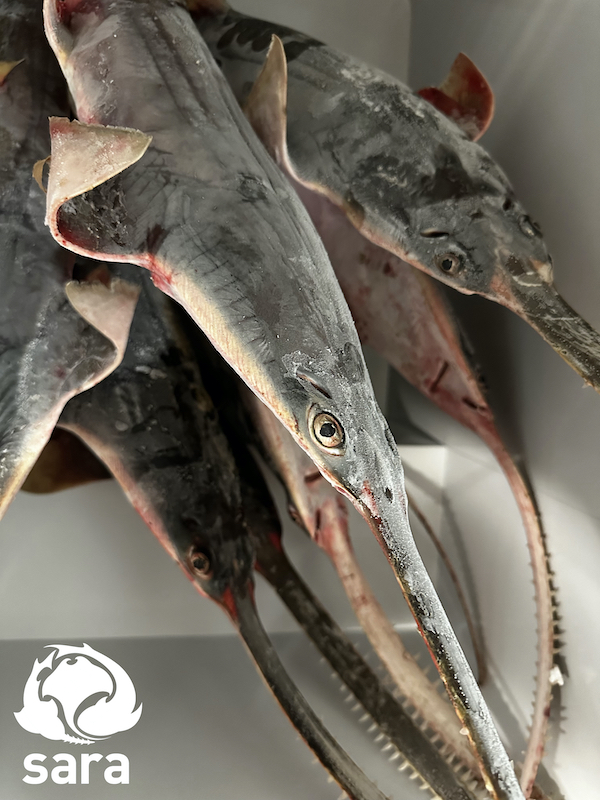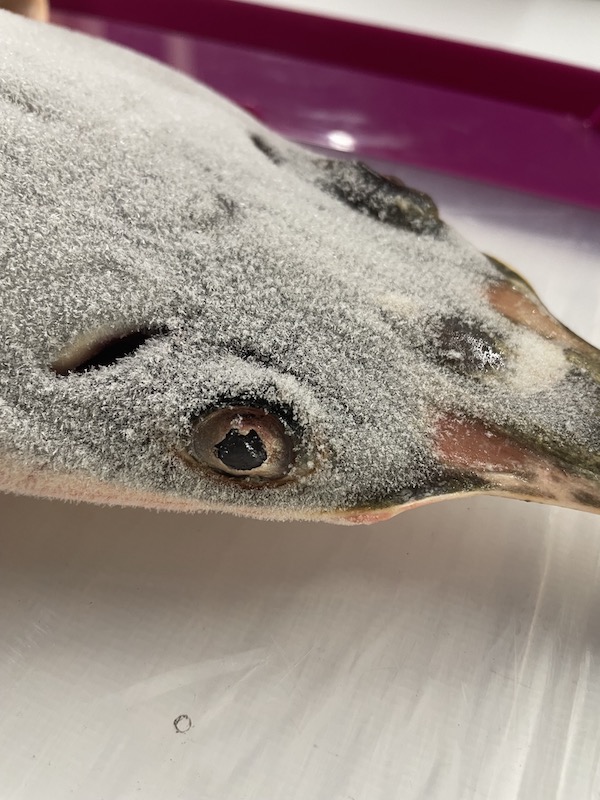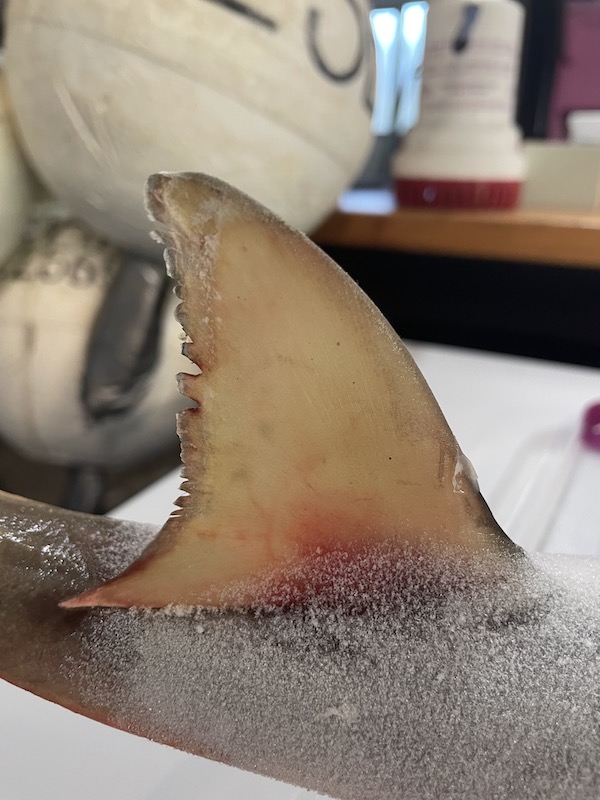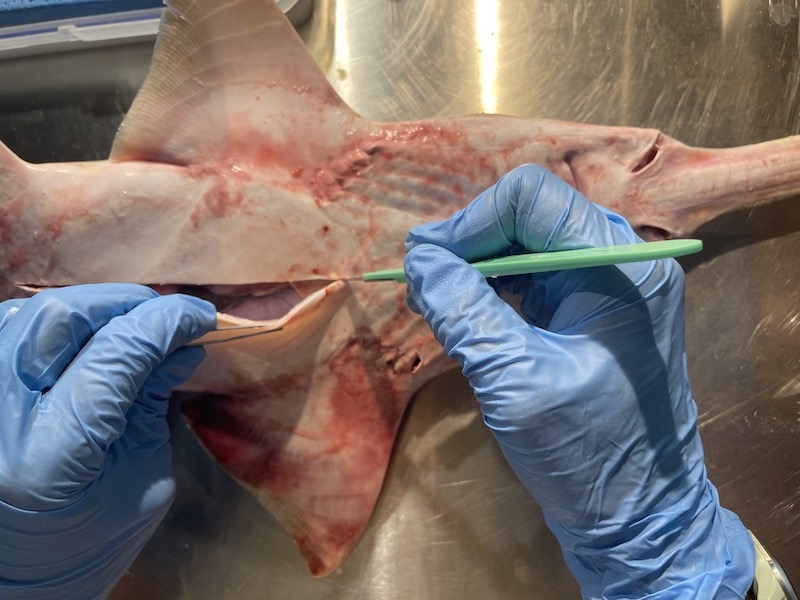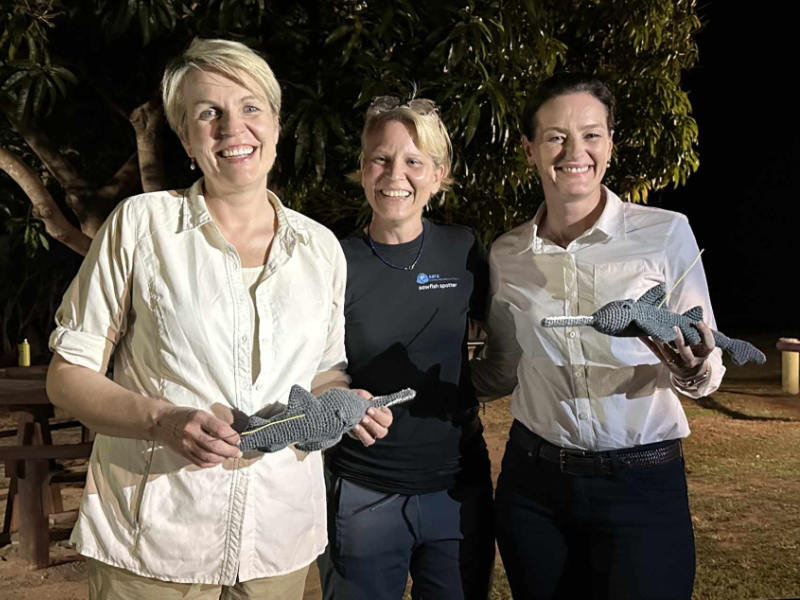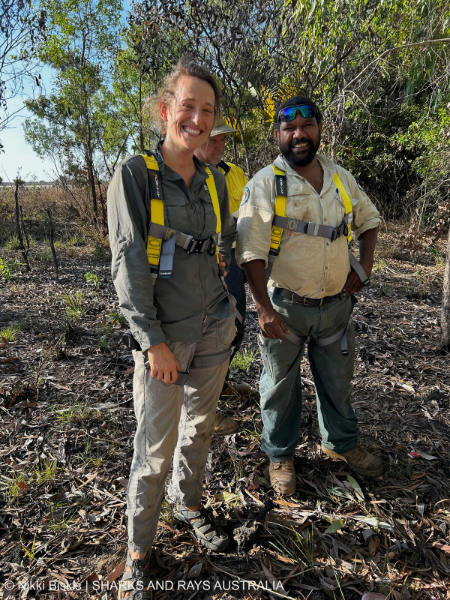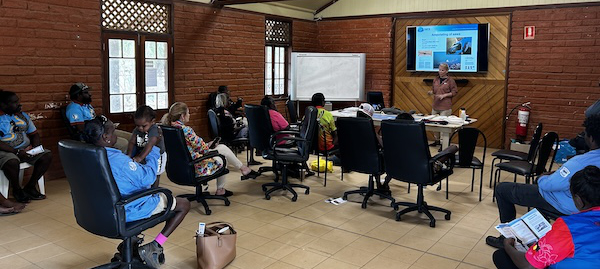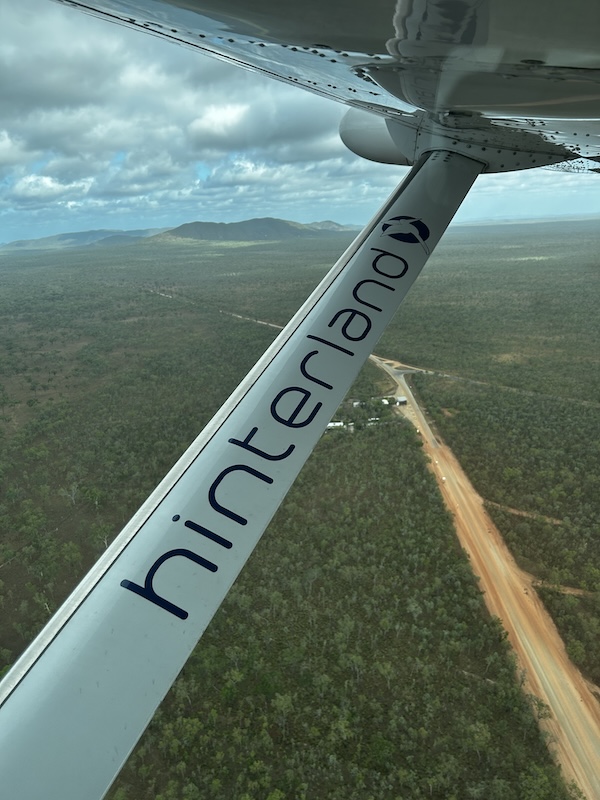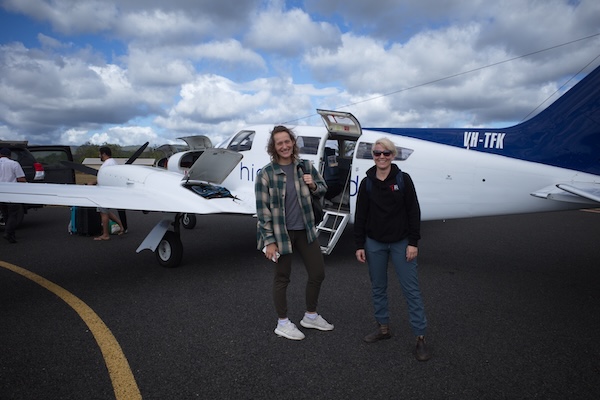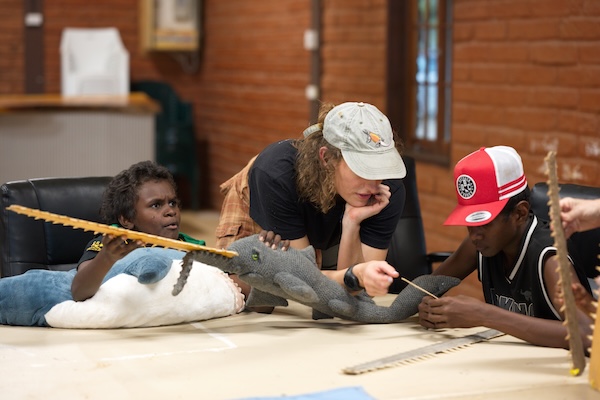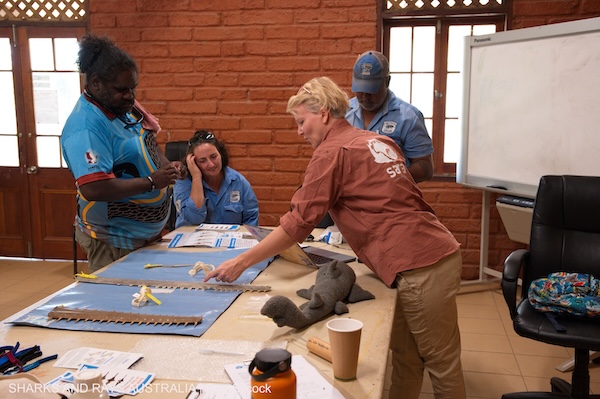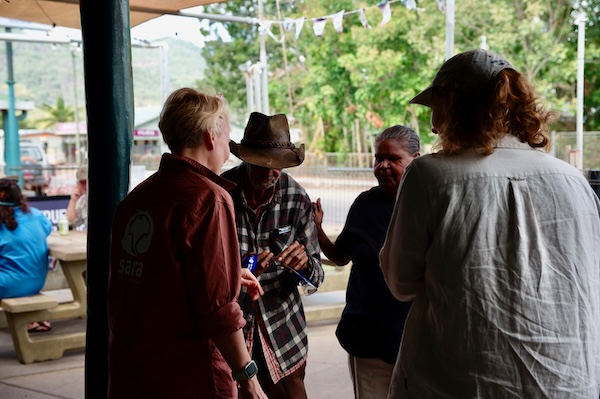We are hiring!
SARA-r job ad – Research Assistant and Administration Support Officer (Hybrid)
Summary: SARA-r is recruiting one research and engagement support office, ideally with a background in biology/ecology/research administration to work with the Principal Scientist and Founder in this exciting and varied role. You will help with research administration, data analysis, report writing and play a key role during our outreach and engagement activities both with the general public as well as Aboriginal Land and Sea ranger groups. This role will also help to implement and grow our projects and funding.
- Term: There is funding for this role for at least 6 months (with 3 months probation period). The intention is for this to be a permanent role, however continuation of the role is dependent on continuation of funding.
- Hours: part-time, 0.4-0.5FTE (to be negotiated)
- Pay according to award rates, depending on the candidate’s qualifications.
- Works closely with principal scientist.
Our current work
At SARA, we like to think outside the box. Our current main study species, sawfish, are the most endangered of all sharks and rays globally, but they are much more than that. These large animals (up to 7m length) are culturally important to many Indigenous groups, and they were once amongst the most abundant large predators in tropical coastal, inshore and freshwater regions of our planet. Sitting somewhere between charismatic and dangerous megafauna, the work done by our principal scientist, collaborators, students, field assistants, interns, and volunteers, ensures that these animals don’t just quietly go extinct, but will remain a vital part of Northern Australia’s ecosystems. Our creative, outcome-oriented, and dynamic work environment allows the creation and implementation of real-world conservation concepts, that unite people with a common idea and goal.
Vacancies: We are recruiting one person (0.4-0.5FTE) to join our research team. This is an office based position, which may involve some outdoor work but does not specifically focus on scientific field work. While occasional involvement in field work may become part of the duties, the core tasks of this role involves office-based work which include project administration, planning, data management and research administrative tasks. The suited candidate should ideally have experience in working in an environment where science and conservation intersect. The suited candidate needs to be team player who can also work independently, and is happy to work from home, when not in the field. However, multiple field trips are planned, and the candidate will also support the principal scientist during field work. We are looking for an enthusiastic individual who is residing in Australia. You need to be based in Cairns, and be able to work from home, but with regular contact and in person meetings with our Principal scientist and other team members.
Tasks will include:
- Research administation
- Data entry & report writing
- Help maintain field work gear
- Engagement with Aboriginal Land and Sea Ranger groups
Non-negotiable skills & qualifications (where possible they should be confirmed by qualifications and/or references):
- Minimum of BSc in biology / conservation biology / marine ecology or similar relevant field
- Demonstrated good writing and communication skills, including report writing
- Experience in data entry, analysis and scientific writing
- Experience using Microsoft Office, R, qGIS
Additional desirable skills:
- ability to work with photos and videos
- Ability to understand the principles of conservation biology, ecological management, endangered species management and a willingness to expand this knowledge in pursuit of SARA-r’s mission.
- First aid course
Additional information: The income will be according to award rates (Professional Services Award) and qualification and experience level. The positions are based in Cairns, but the candidate should be able to work from home as well as in the office. To apply for this position, please email a cover letter outlining answers to the following questions, along with your CV to our contact email. Applications without cover letter or CV will not be considered.
- Why are you interested in joining SARA-r?
- Outline your previous skills, knowledge and experience especially in relation to the non-negotiable skills and qualifications
- Please provide names and contact details of two references.


